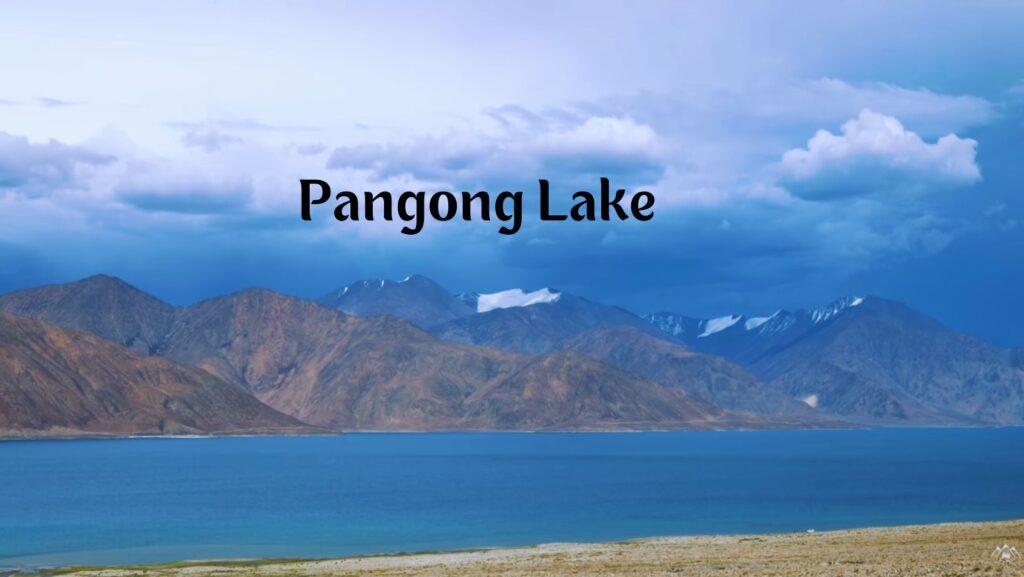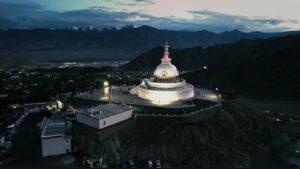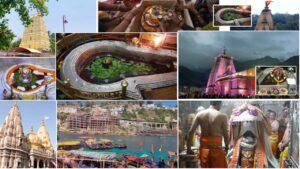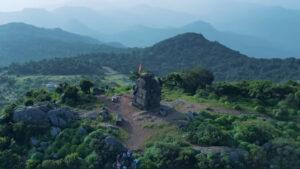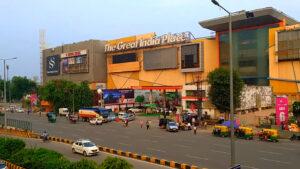About Pangong Lake
Pangong Lake is a saline lake situated in the Ladakh region of India. It has an altitude of 4,225 meters (13,862 feet), making it one of the world’s highest lakes. Lake has a length of 134 kilometers (83 miles) and is split into five sub-lakes, namely Pangong Tso, Tso Nyak, Rum Tso (twin lakes), and Nyak Tso.
Lake’s jurisdiction is not clearly demarcated and is a subject of contention between India and China, with half of the lake lying in Tibet in China, 40% in Ladakh in India and the remaining 10% being a de facto buffer zone. Lake has a variable width, ranging from 5 kilometers (3.1 miles) at its maximum to less than a kilometer at some places.
Pangong Lake is a popular tourist destination in Ladakh, known for its stunning beauty. Lake is surrounded by snow-capped mountains and the water is a deep blue color. In the morning and evening, the lake can change color to shades of green and red.
You May Read
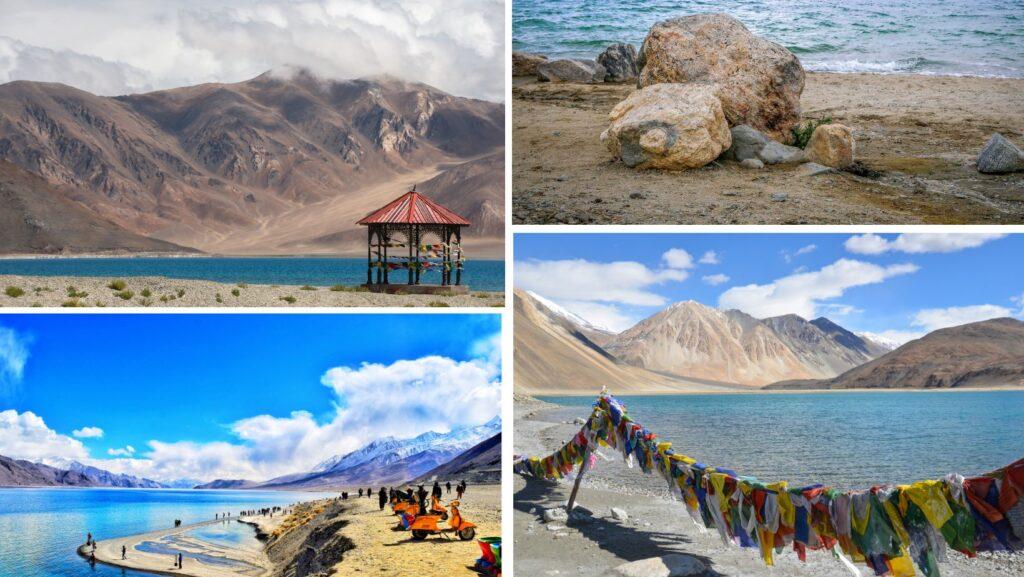
Popular Tourist Destinations and Activities Around Pangong Lake
- Pangong Lake Shoreline: Lake itself is the primary attraction, and spending time along its shoreline is a must. You can marvel at the changing colors of the water and take in the serene atmosphere.
- Spangmik: This is a popular village on the banks of Pangong Lake. Many travelers choose to camp here and enjoy the picturesque views of the lake and surrounding mountains.
- Thiksey Monastery: While not directly at Pangong Lake, Thiksey Monastery is a famous attraction en route. It’s known for its impressive architecture, spiritual significance, and panoramic views.
- Camping: Camping along the shores of Pangong Lake is a popular activity. The experience of spending a night under the starry Ladakhi sky near the tranquil lake is truly magical.
- Boating: Rent a small boat or kayak to explore the lake’s waters. This allows you to get up close to the stunning surroundings and experience the tranquility of the lake.
- Birdwatching: Pangong Lake is home to various bird species, including migratory birds. Birdwatching enthusiasts can spot a variety of avian life in the area.
- Village Walks: Exploring nearby villages like Spangmik gives you a chance to interact with locals and understand their way of life in this remote region.
- Wildlife Watching: While wildlife encounters are rare, the area around Pangong Lake is home to some unique wildlife species. Keep an eye out for marmots and other high-altitude creatures.
- Star Gazing: Due to its remote location, Pangong Lake offers excellent opportunities for stargazing. The clear night skies make it a perfect place for observing celestial wonders.
Best Time to Visit the Pangong Lake
Lake is renowned for its changing colors, from turquoise blue to green to grey, depending on the time of the day and the season. The lake also has a rich history and culture, as it is a disputed territory between India and China and a sacred site for Buddhists.
But when is the best time to visit Pangong Lake? Useful tips and information to plan your trip to this amazing destination.
Best time to visit Pangong Lake depends on what you want to see and experience. The lake is accessible all year round, but each season has its own charm and challenges.
Summer (May to September):
This is the most popular and comfortable time to visit Pangong Lake, as the weather is pleasant and the lake is not frozen. Enjoy the clear blue water and the greenery around the lake. Also spot some migratory birds, such as Bar Headed Goose and Brahminy Ducks, near the lake. This is also the peak tourist season, so expect crowds and higher prices. You will also need a special permit to visit the lake, as it is in a border area.
Winter (October to April):
Most adventurous and challenging time to visit Pangong Lake, as the weather is harsh and the lake is frozen. You can witness the frozen beauty of the lake and walk on its surface. Also enjoy some winter activities, such as ice skating and snow biking. To brave the cold and thin air of the high altitude. You will also have fewer accommodation options, as most camps are closed during winter. You will still need a special permit to visit the lake.
How to Reach Pangong Lake?
- Easiest way to reach Pangong Lake is by road from Leh, the capital of Ladakh.
- Distance is about 223 kilometers (139 miles), and it takes about six hours to drive.
- Road passes through Chang La, one of the highest motorable passes in the world, at 17,586 feet (5,360 meters) above sea level. You can hire a taxi or join a tour from Leh.
- Alternatively, you can also take a bus from Leh to Spangmik, a village near Pangong Lake.
Where to Stay Near Pangong Lake?
- There are many options for accommodation near Pangong Lake, ranging from luxury camps with proper beds and attached toilets to simple homestays with sleeping bags and common toilets. You can choose according to your preferences and budget.
- Some of the popular places to stay near Pangong Lake are Pangong Retreat Camp, Himalayan Wooden Cottages, Wonderland Camp, Pangong Sarai Camp, and Norling Camp.
What to do near Pangong Lake?
- There are many things to do near Pangong Lake, apart from admiring its beauty. You can explore the nearby villages and monasteries, such as Spangmik, Man, Merak, Tangtse, Lukung, and Chemrey.
- Visit some of the attractions around the lake, such as Khurnak Fort, an ancient fort on an island in the lake; Chushul War Memorial, a memorial for the Indian soldiers who died in the 1962 war with China; and Marsimik La, another high mountain pass that offers panoramic views of the lake. Enjoy some activities on or near the lake, such as boating, kayaking, fishing, cycling, trekking, camping, stargazing, and photography.
Pangong Lake is a must-visit destination for anyone who loves nature and adventure. It is a place where you can experience the beauty and diversity of Ladakh. Visit in summer or winter, you will be amazed by its scenery and atmosphere. Just remember to plan ahead and pack accordingly for your trip.
